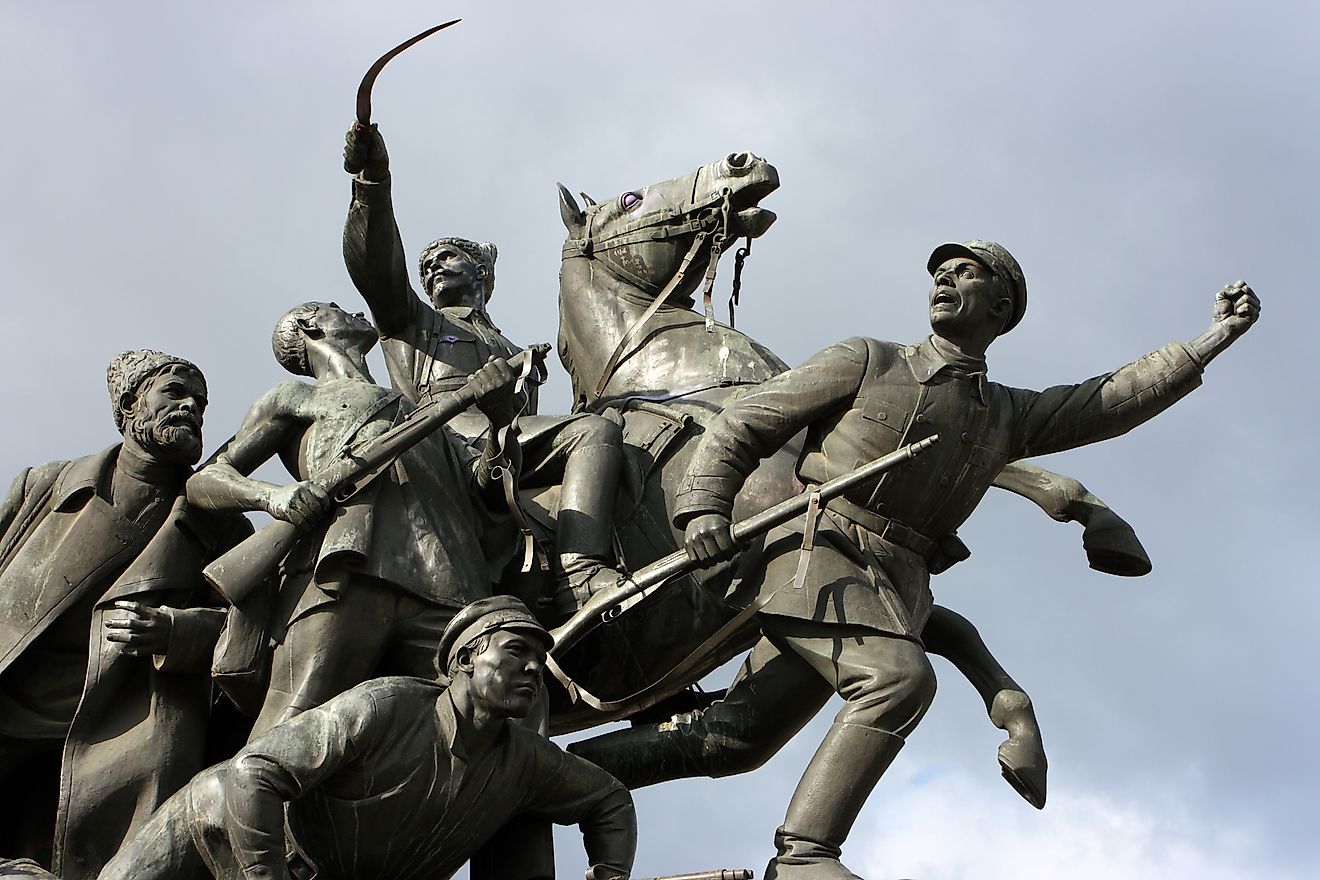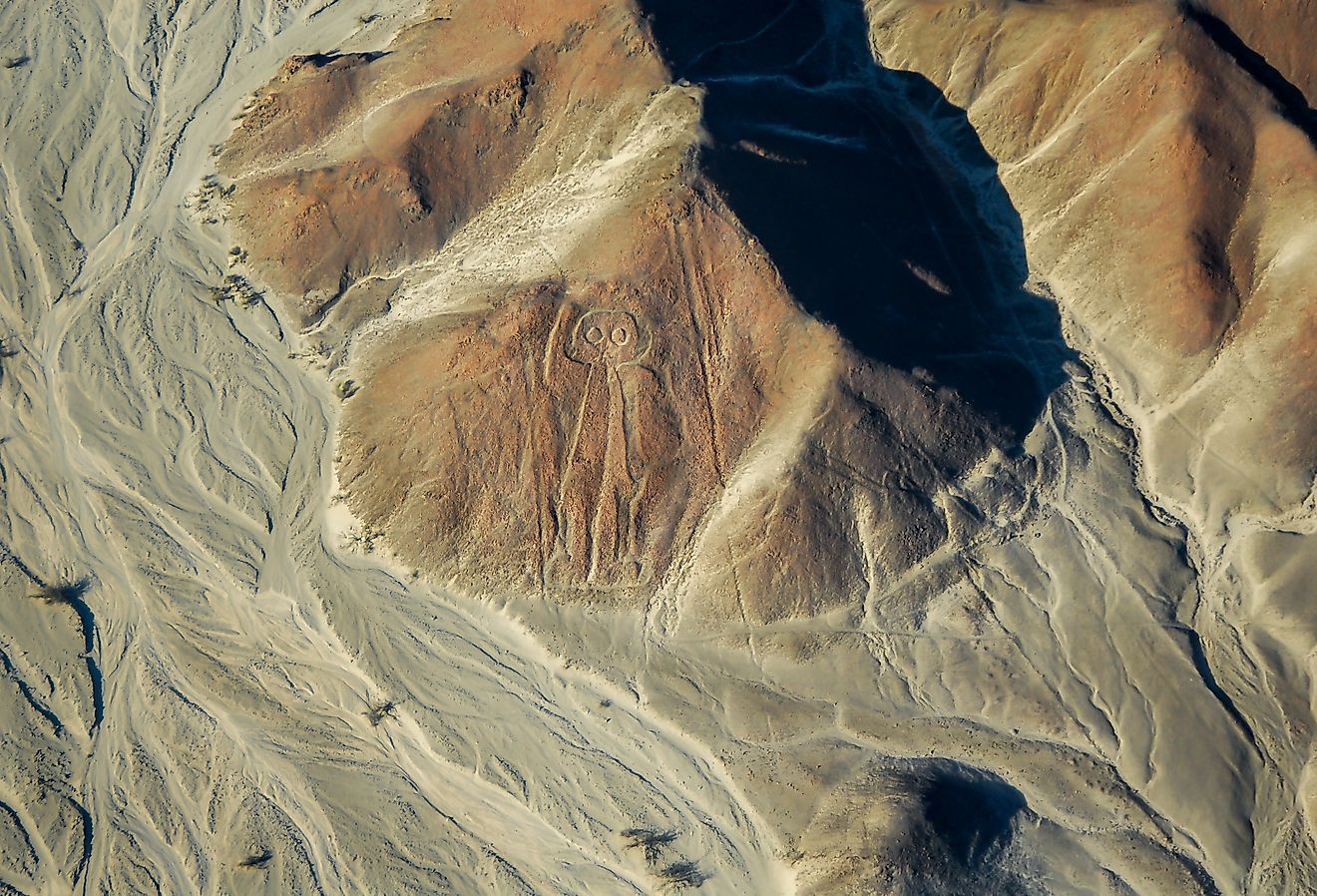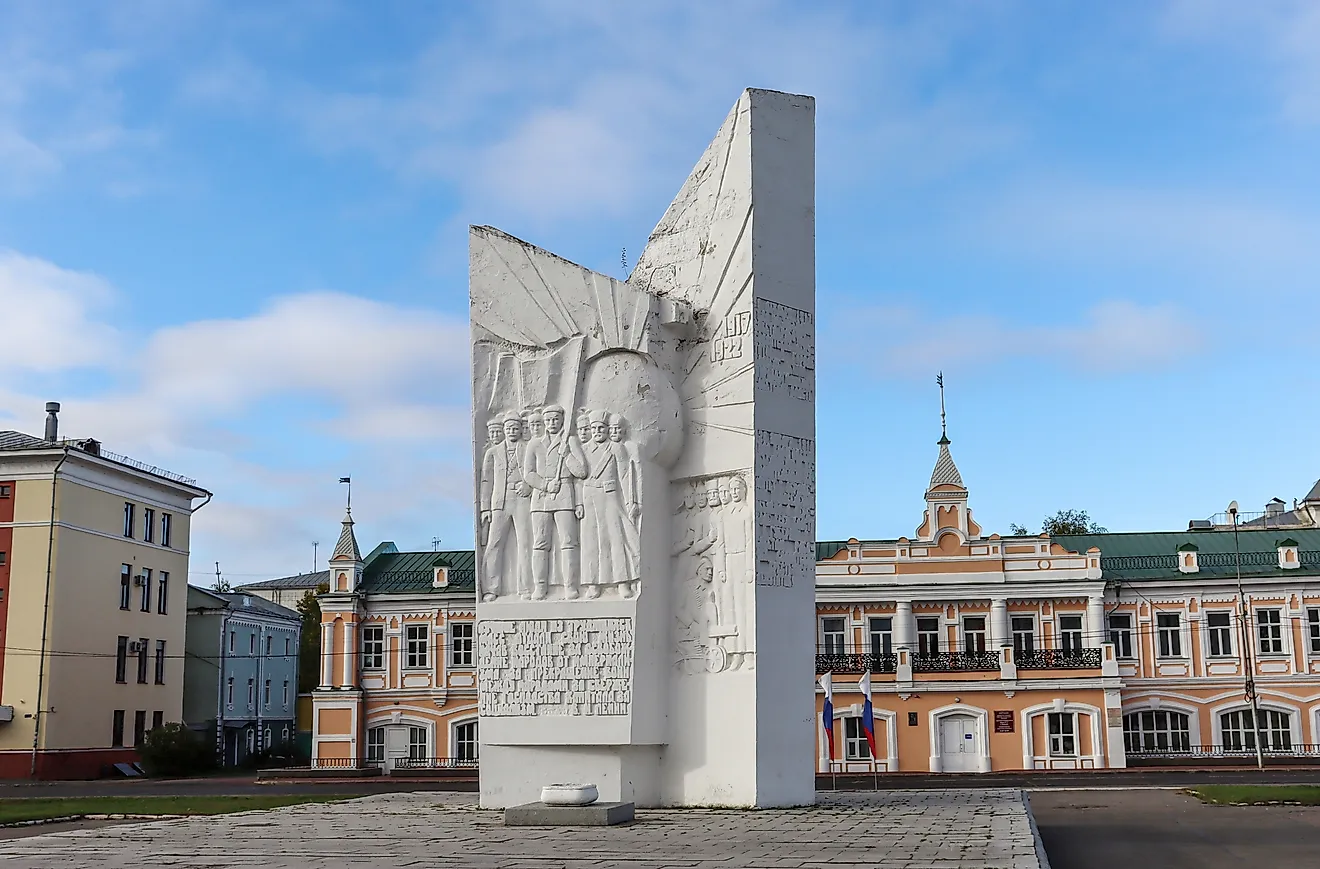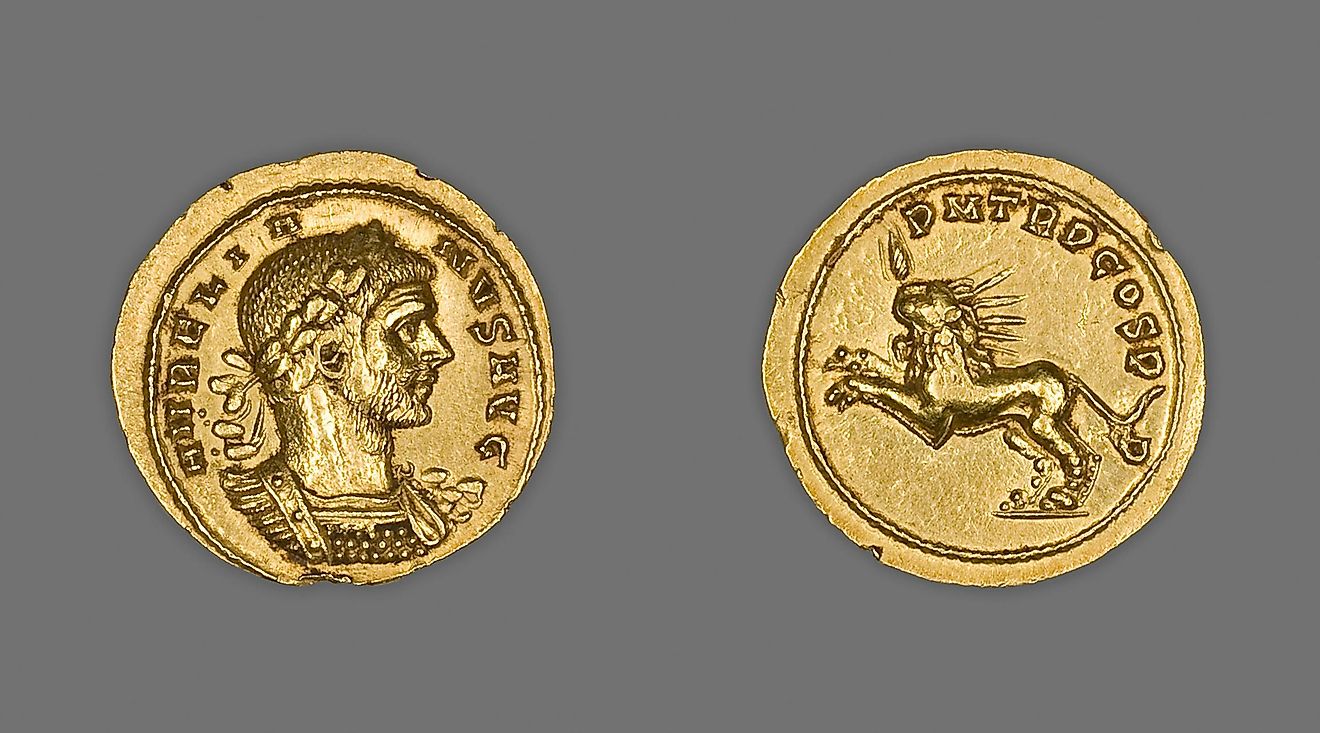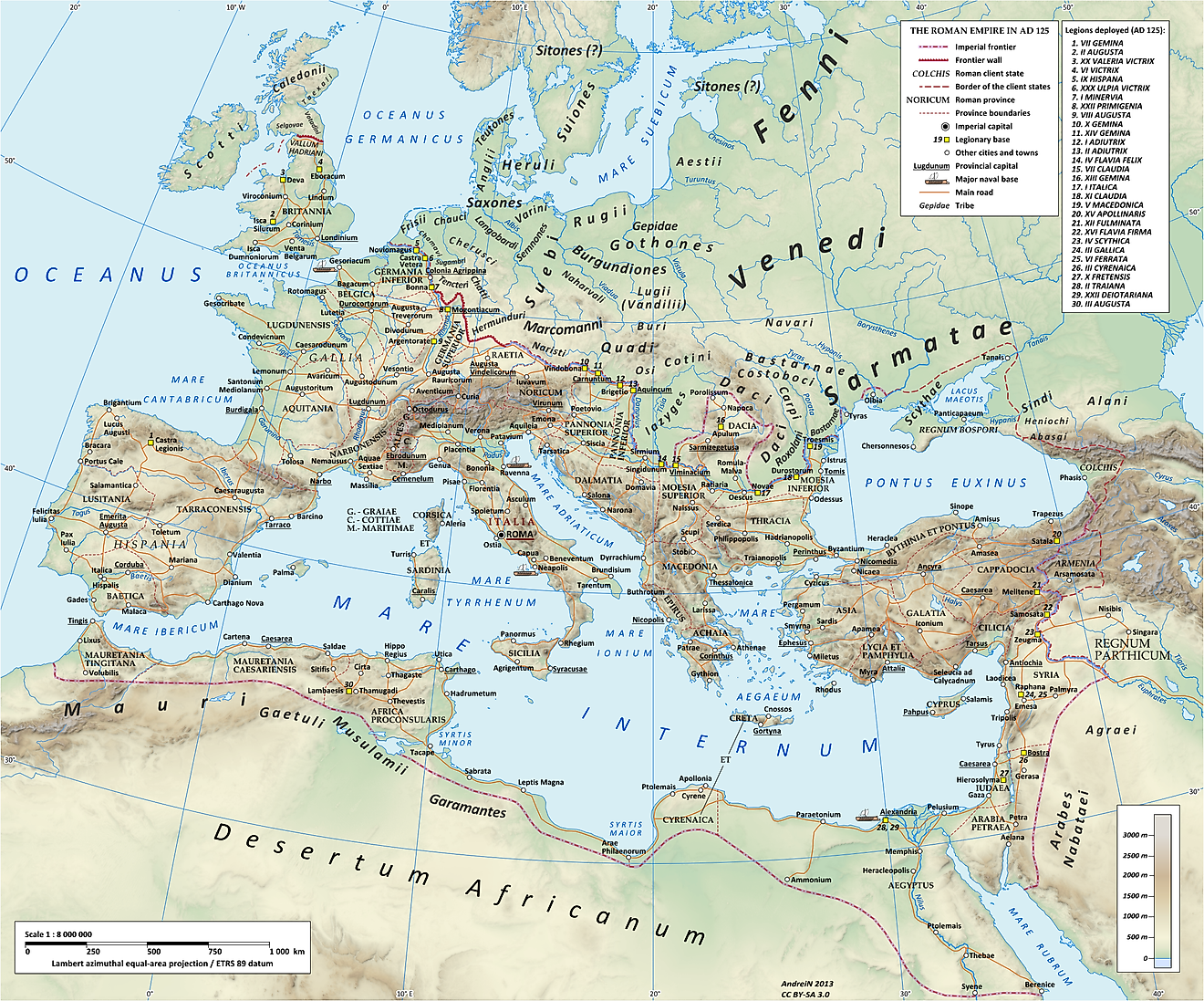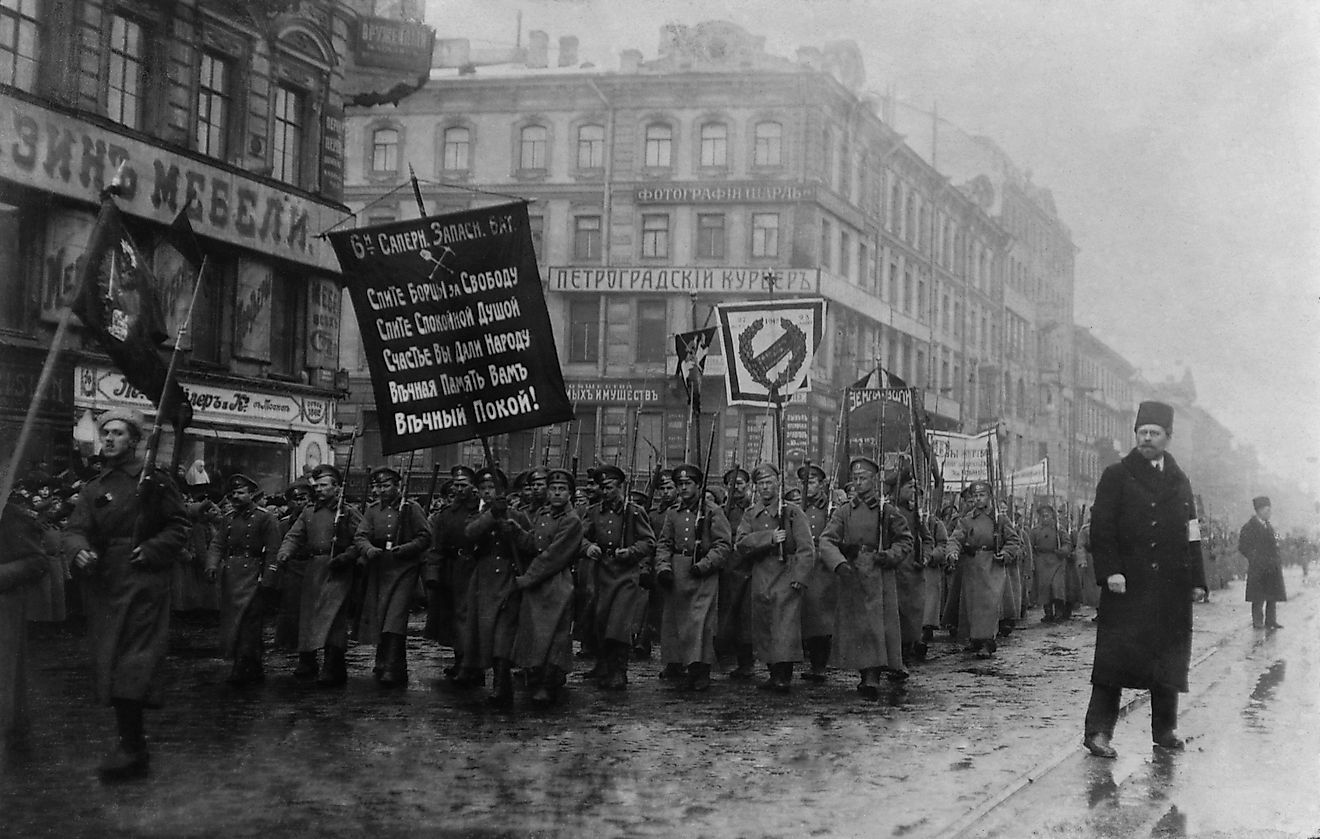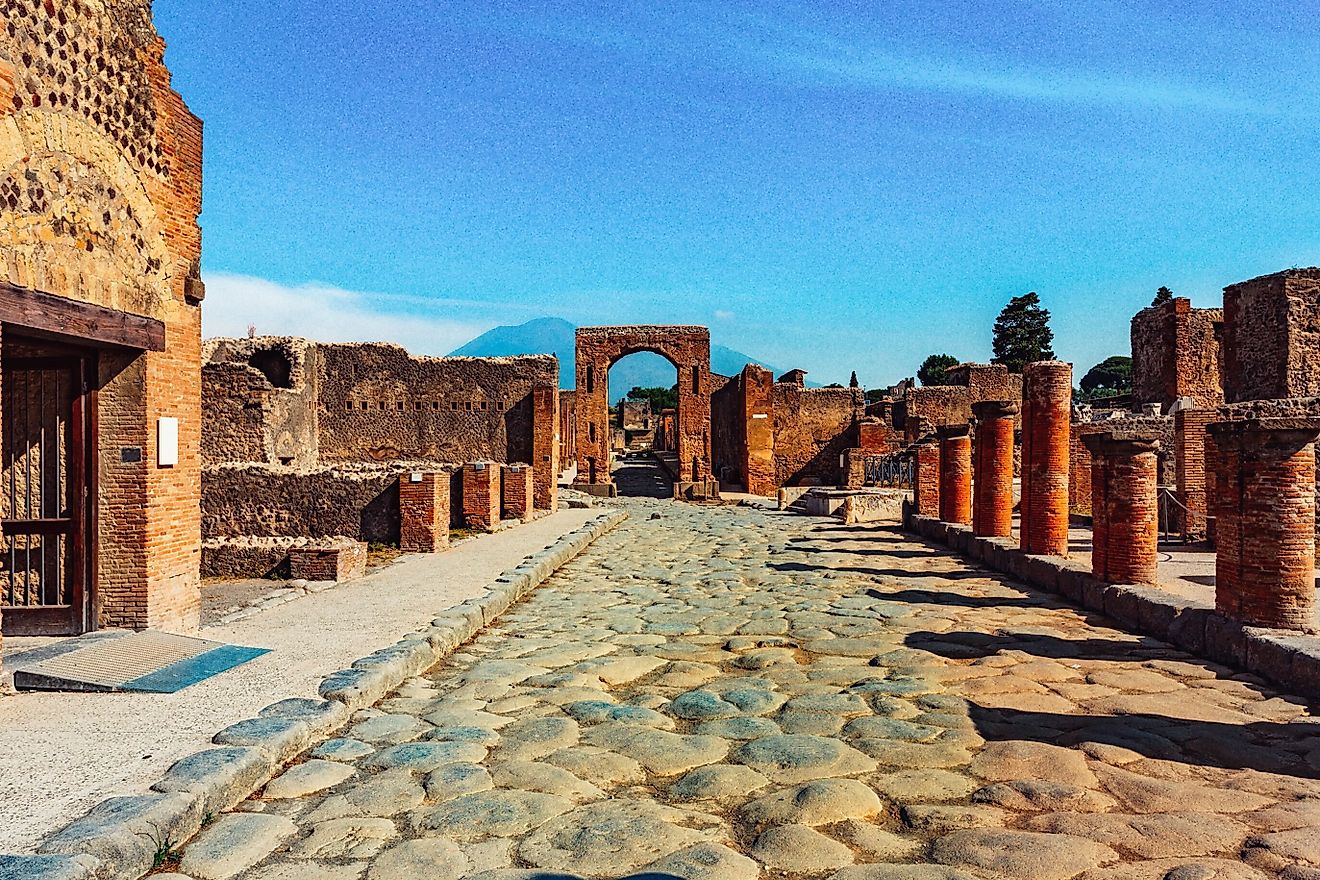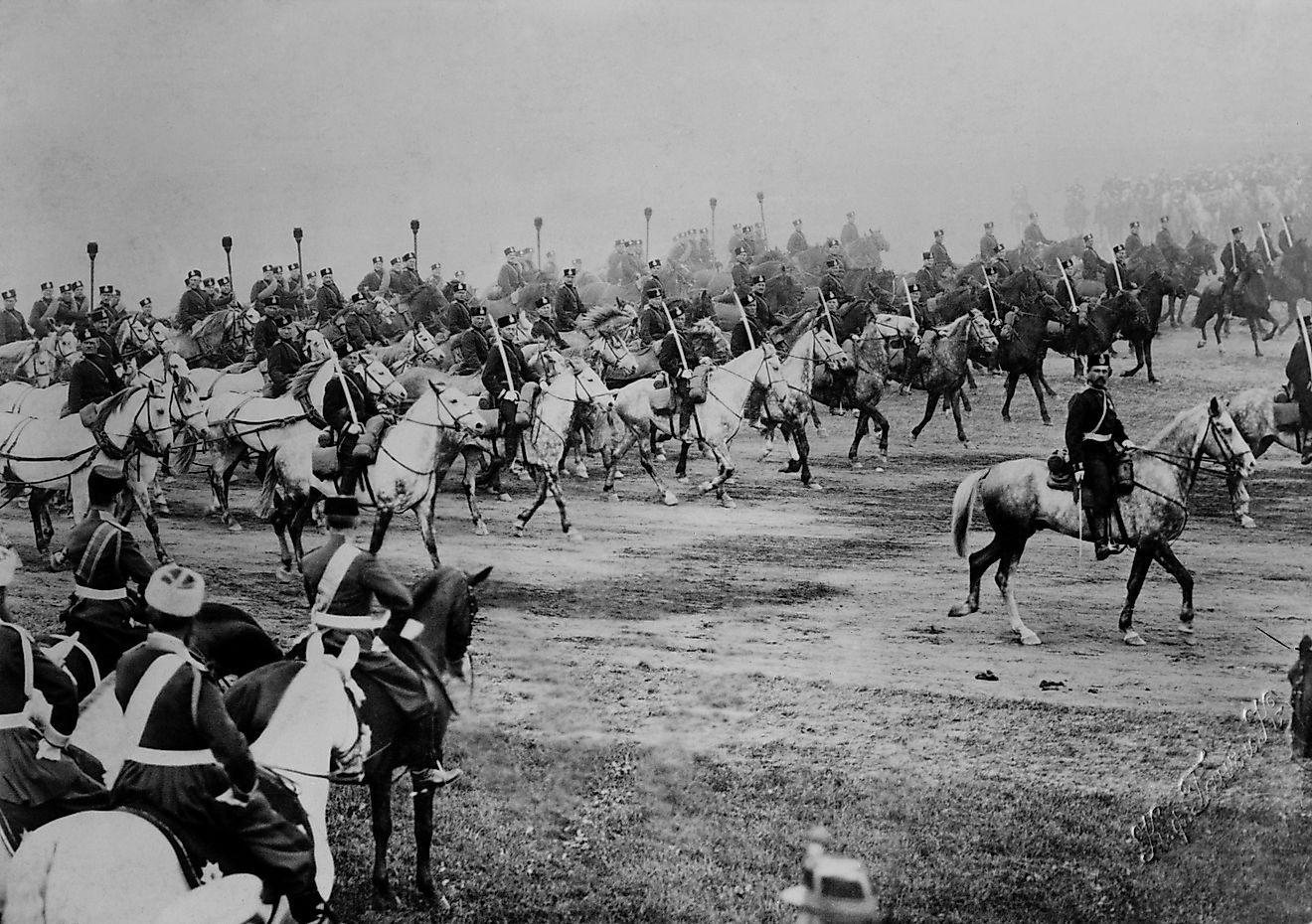
How Did The Israel-Palestine Conflict First Begin?
The Israel-Palestine conflict is one of the pre-eminent events in modern history. Its origins can be traced back to the late 1800s and the rise of modern Zionism. World War I and the mandate period in Palestine also played a key role in establishing tensions that persist to this day. Finally, World War II and the subsequent creation of the state of Israel led to further grievances that continued to shape the conflict.
Early Zionism
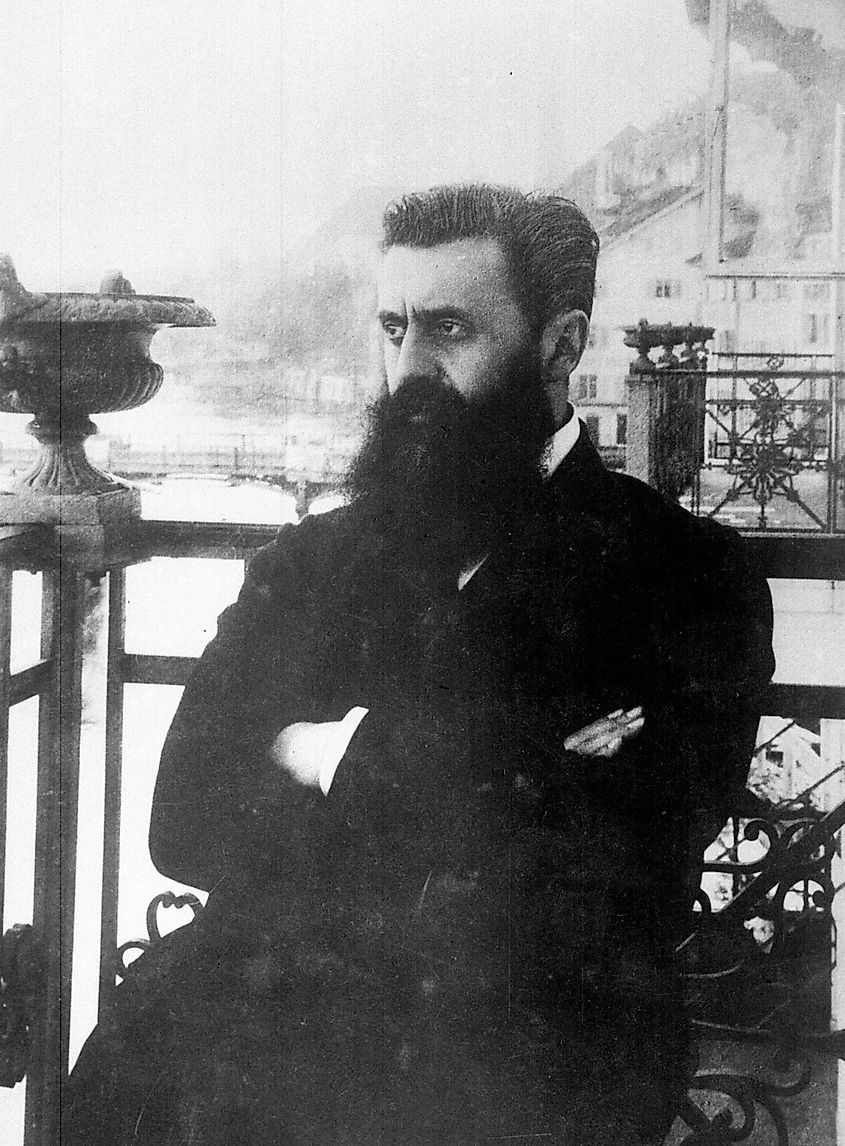
The late 19th century saw a resurgence of antisemitism in Europe, the most notable instance of which was the Dreyfus affair, in which a Jewish officer in the French Army was wrongfully convicted of treason. Affairs such as these, paired with millennia of persecution, caused some Jews to conclude that the only way to assure their safety was to create a Jewish state. One such person was Theodor Herzl. The founder of modern Zionism (a nationalist movement that aimed to create a Jewish state in Palestine), Herzl declared the necessity of creating a Jewish homeland in Palestine in 1897 at the First Zionist Congress in Basel, Switzerland.
Two major forms of Zionism emerged over the next two decades: Political Zionism, which aimed to establish a Jewish state with the help of a major European power, and Labor Zionism, which aimed to acquire land in Palestine and thereby develop necessary state infrastructure via a ground-up approach. While limited in its efficacy, Labor Zionism still saw some success, with tens of thousands of Jews moving to Palestine in the first two decades of the 20th century. Furthermore, as World War I began, Political Zionism became crucial in plans to create a Jewish state.
World War I
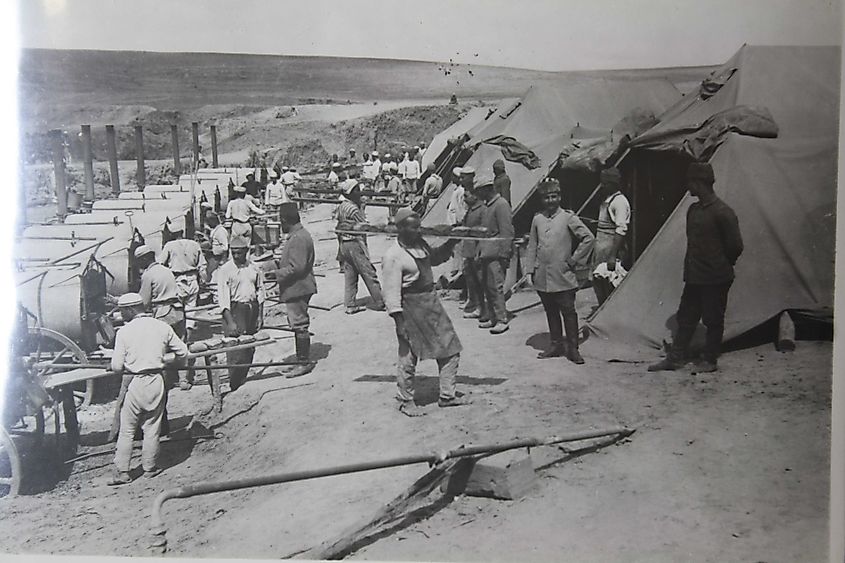
During World War I, the British made a series of mutually exclusive promises regarding Palestine. First, they promised an Arab kingdom to Sharif Hussein, the leader of the Hashemites, in return for leading a revolt against the Ottoman Empire. However, a lack of clarity in a letter written by British diplomat Henry McMahon to Hussein on October 24th, 1915, made it seem like Palestine was to be included in this kingdom. Second, the 1916 Sykes-Picot Agreement saw the British and French divide the Middle East between themselves. France was to receive Syria and Lebanon after the war, while the United Kingdom (UK) was to receive Transjordan and Iraq. Moreover, Palestine was to be controlled internationally, albeit with some French influence, thereby conflicting with McMahon's letter. Finally, the November 1917 Balfour Declaration saw the British promise to help "(establish) in Palestine...a national home for the Jewish people". The lack of clarity in the term "national home," combined with the contradictory guarantees to the other groups, created the foundation for conflict.
The Mandate Period
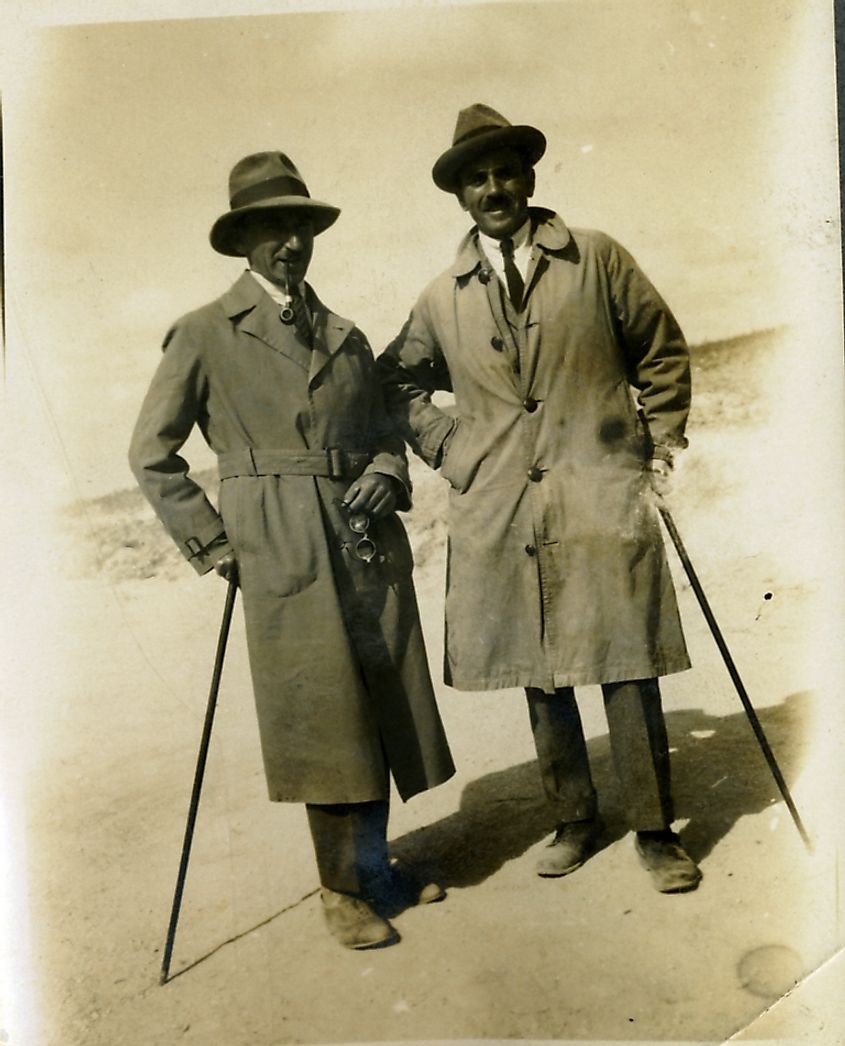
After World War I, the League of Nations established the mandate system. Mandates were countries that were supposedly not ready for independence and needed to be guided towards it by another (usually European) country. Palestine was one such country and thus came under British control. The following decades saw the development of Palestinian and Jewish national identities. Indeed, by maintaining a colonial regime, which necessitated the creation of maps, censuses, and other state infrastructure, the British allowed Palestinians to see themselves as part of a formalized political unit. Moreover, as permitted by the promises of the Balfour Declaration, major institutions necessary for a Jewish state were established during this period, including the Histadrut, modern-day Israel's trade union center, and the Haganah, which would become the Israeli Defence Force (IDF).
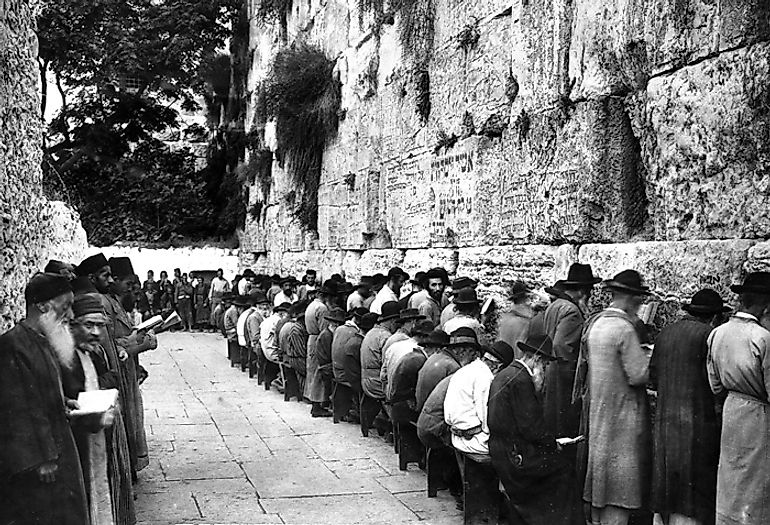
These dual political identities, paired with discontent towards the British, resulted in conflict. The first major uprising was the 1929 Wailing Wall Riots, which started as protests over access to the Western Wall (also known as the Wailing Wall) before transforming into a violent riot against the British and the Jews. The 1936-1939 Arab Revolt then dwarfed this conflict. The first stage began in 1936 with a wave of violence against the Jews and British following the killing of a Palestinian nationalist.
The British managed to quell the uprising and launched a commission to determine its root cause. Known as the Peel Commission, it determined that fostering two nationalist movements on the same territory was untenable and thus recommended partition. However, the terms of the partition were highly unfavorable to the Arabs, prompting a reignition of the riots in the second half of 1937, which were only quelled in 1939 through violent martial law. In response, the British launched yet another commission, concluding that the Balfour Declaration's promises had to be restricted.
World War II and the Wars for Israel
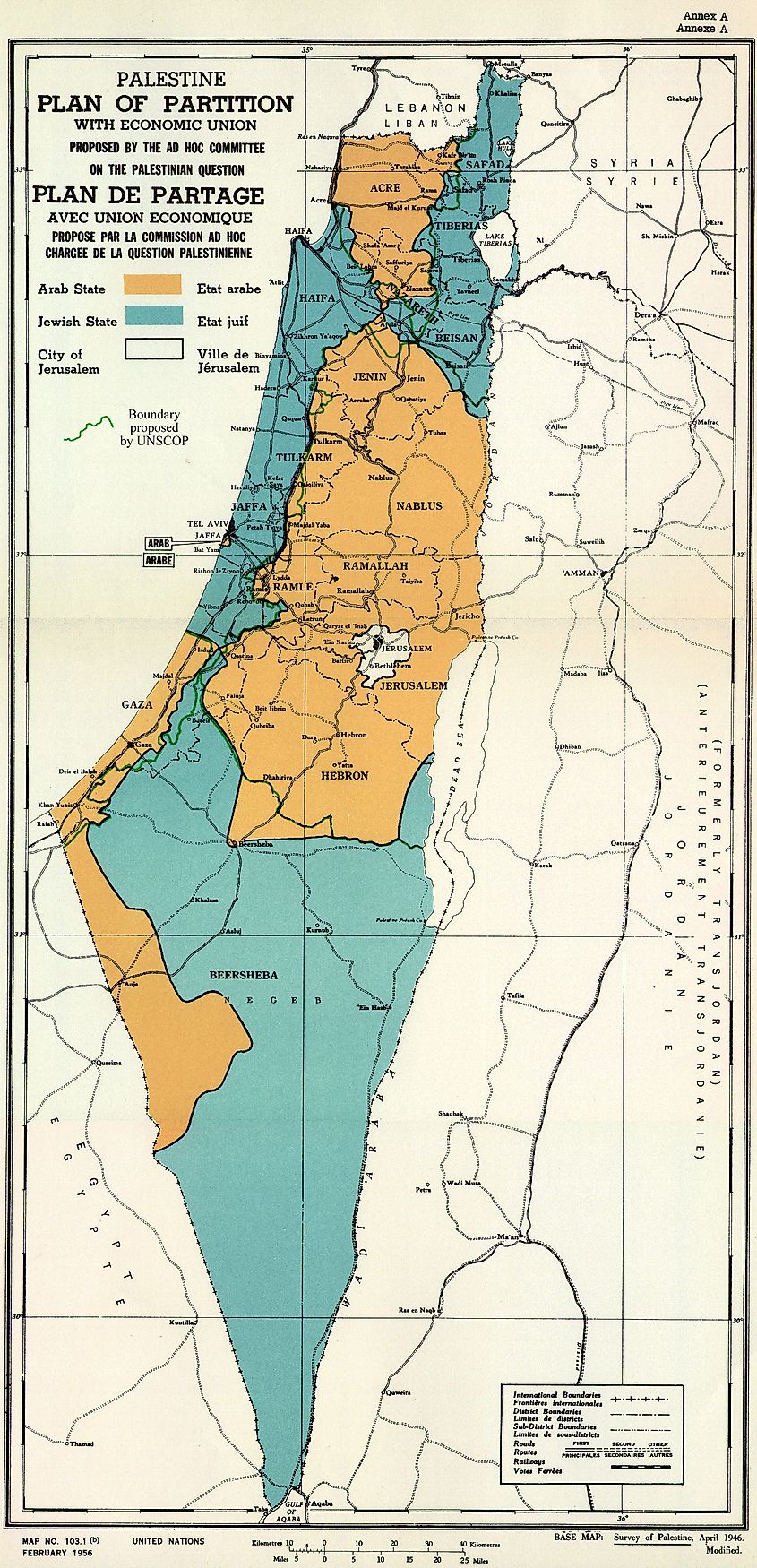
World War II caused a monumental geopolitical shift, with the Holocaust resulting in a resurgence of support for Zionism. Therefore, there was significant pressure on the UK to allow for more Jewish immigration to Palestine. The UK then abdicated responsibility to the newly created United Nations (UN), which forwarded a partition plan. However, a lack of UN enforcement of this plan on the ground meant that the two sides needed to fight it out themselves, resulting in a civil war between the Arabs and the Jews from November 30th, 1947, to May 14th, 1948. On May 14th, Israel declared its independence, leading to a broader regional war when the neighboring Arab countries subsequently invaded. Despite having a much smaller army than the combined Arab forces, better training, and more motivated soldiers allowed the IDF to beat them back by mid-1949. These wars led to the expulsion of 650,000 to 750,000 Palestinian Arabs, many of whom were forced out by the Israeli army. This event is called the Nakba (the Arabic word for catastrophe) by the Palestinians and is the source of grievances that persist to this day.
Final Thoughts
Zionism emerged in the late 1800s in the wake of increasing antisemitism. World War I saw hopes of creating a Jewish state in Palestine come closer to reality with the Balfour Declaration. Nonetheless, tensions due to colonial mismanagement and dual national identities resulted in these plans being more or less abandoned. However, the Holocaust caused a reignition of support for Zionism, and Israel became a state in 1948--although the wars and humanitarian catastrophes surrounding this independence continue to be sources of tension.
